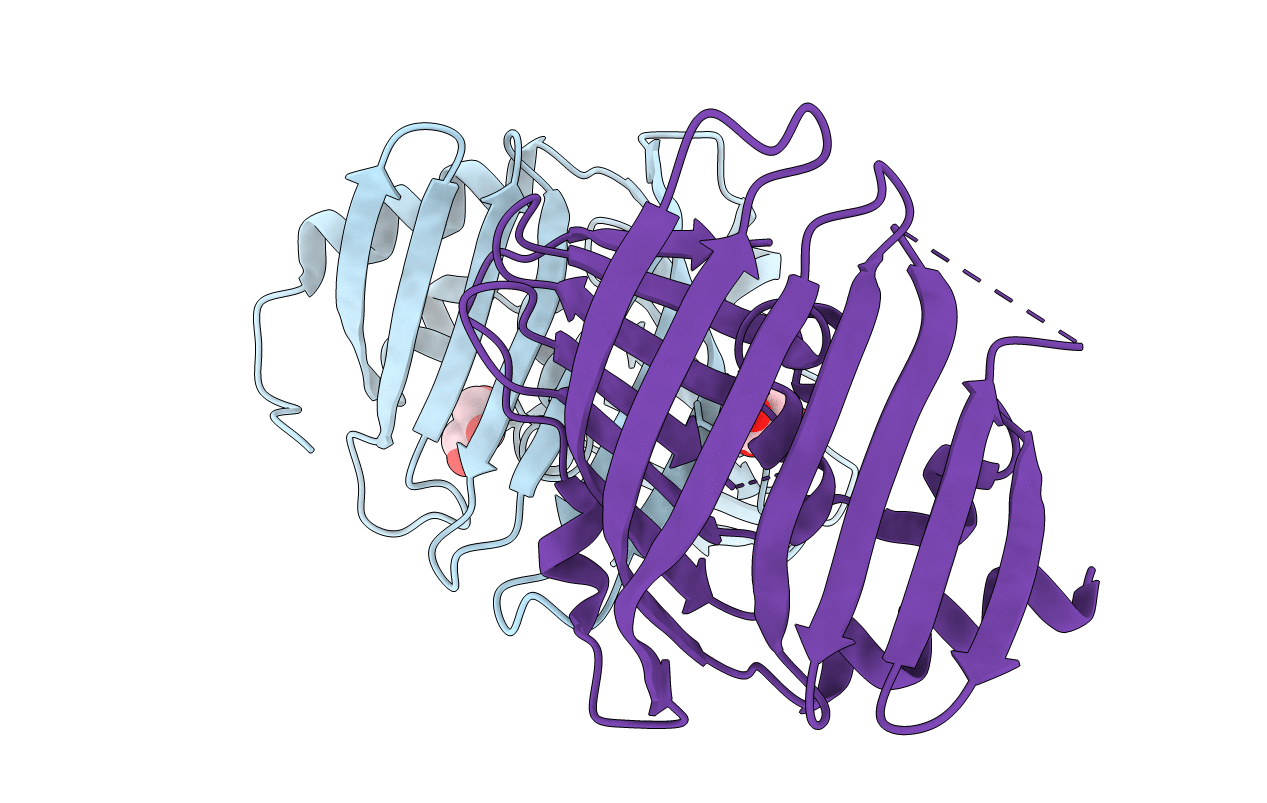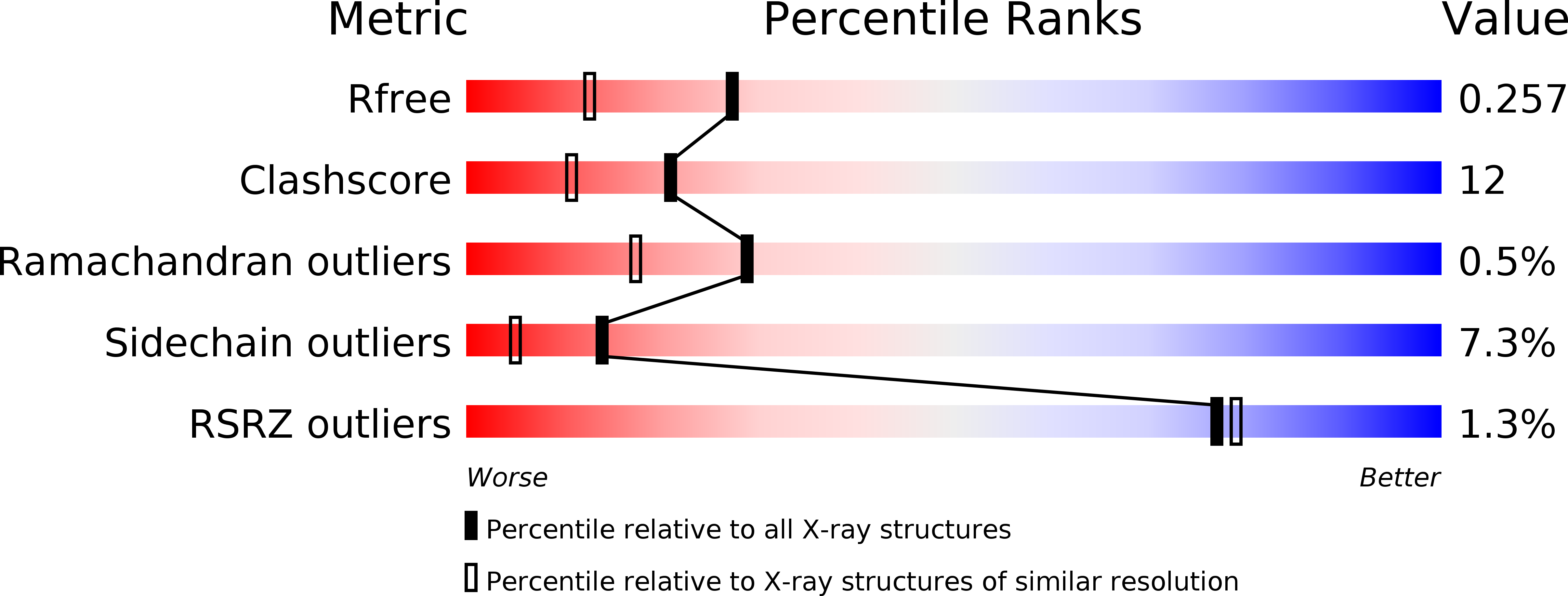
Deposition Date
2008-12-23
Release Date
2009-12-29
Last Version Date
2023-12-13
Method Details:
Experimental Method:
Resolution:
1.88 Å
R-Value Free:
0.25
R-Value Work:
0.20
R-Value Observed:
0.20
Space Group:
P 1 21 1


